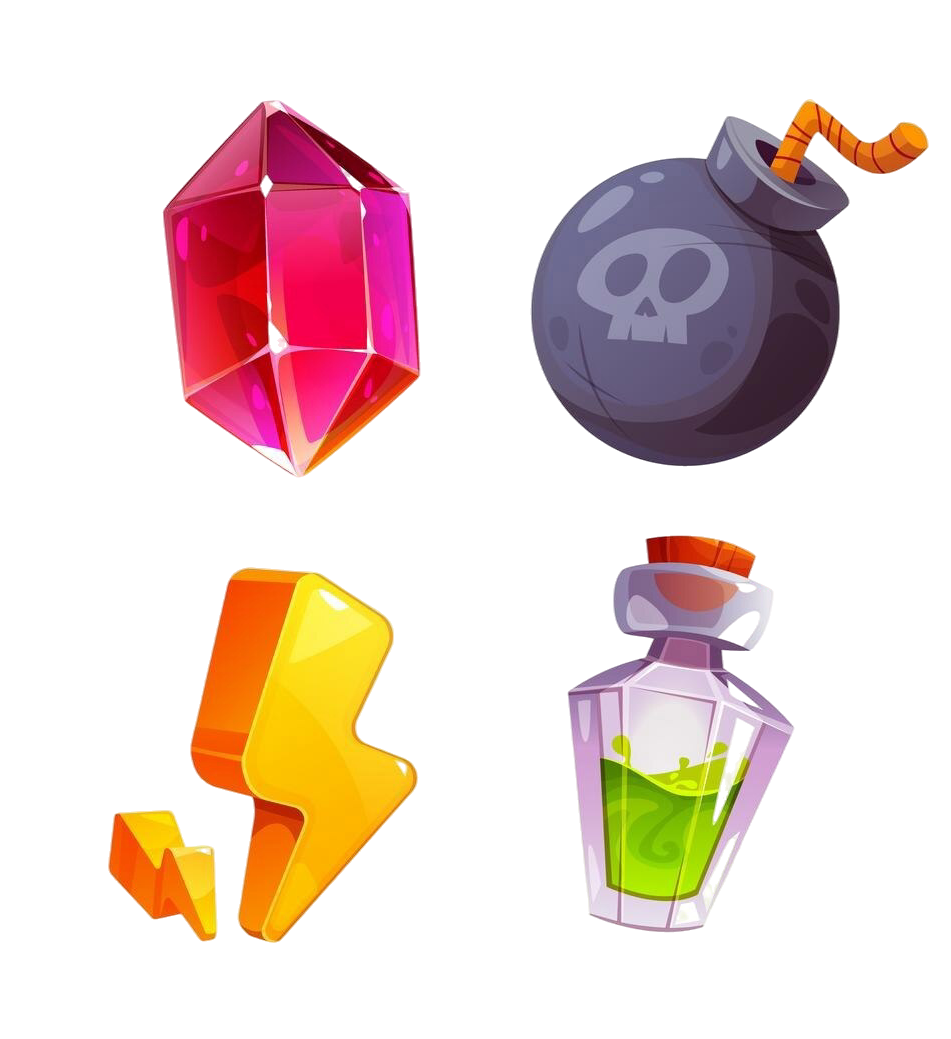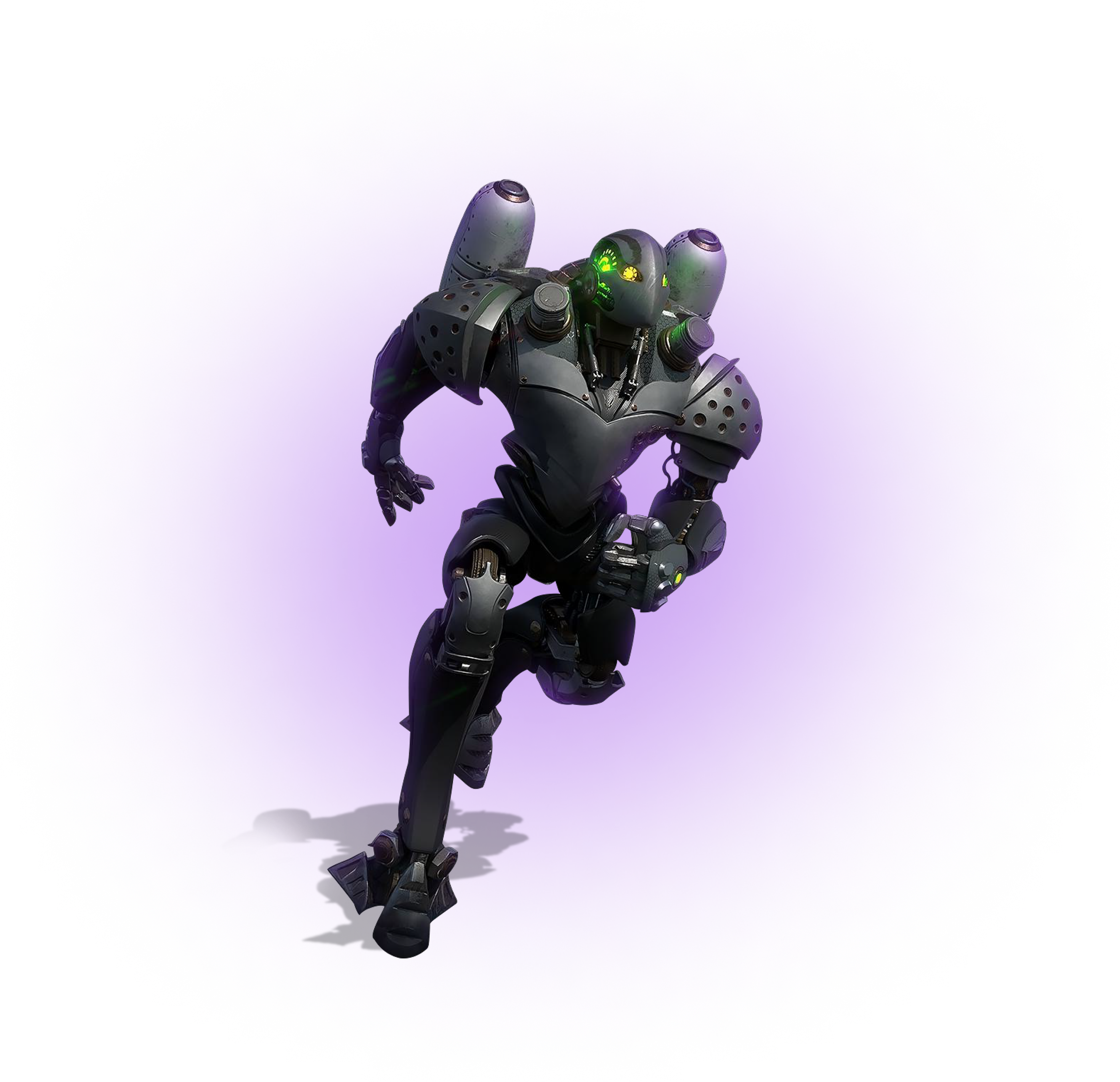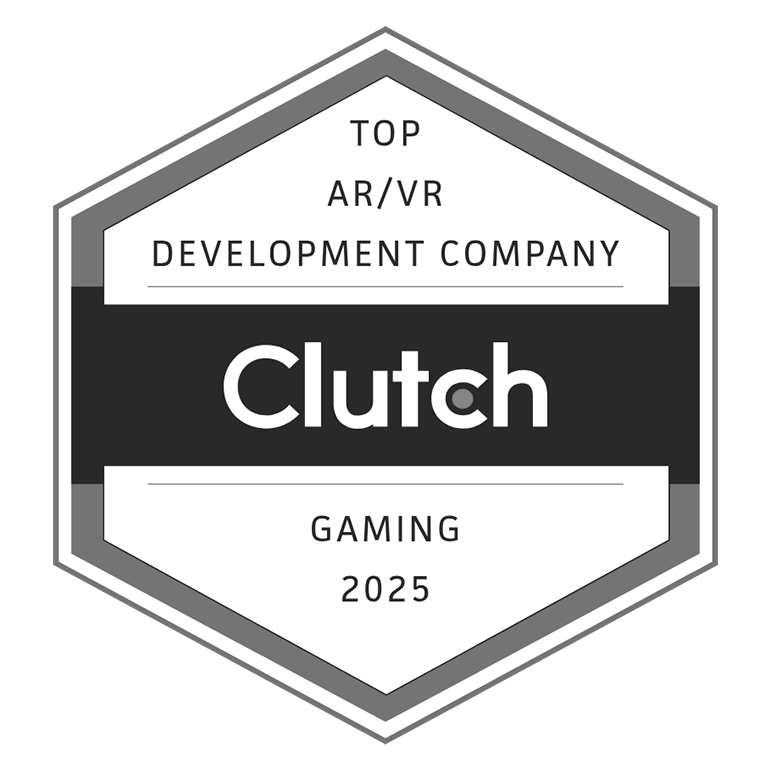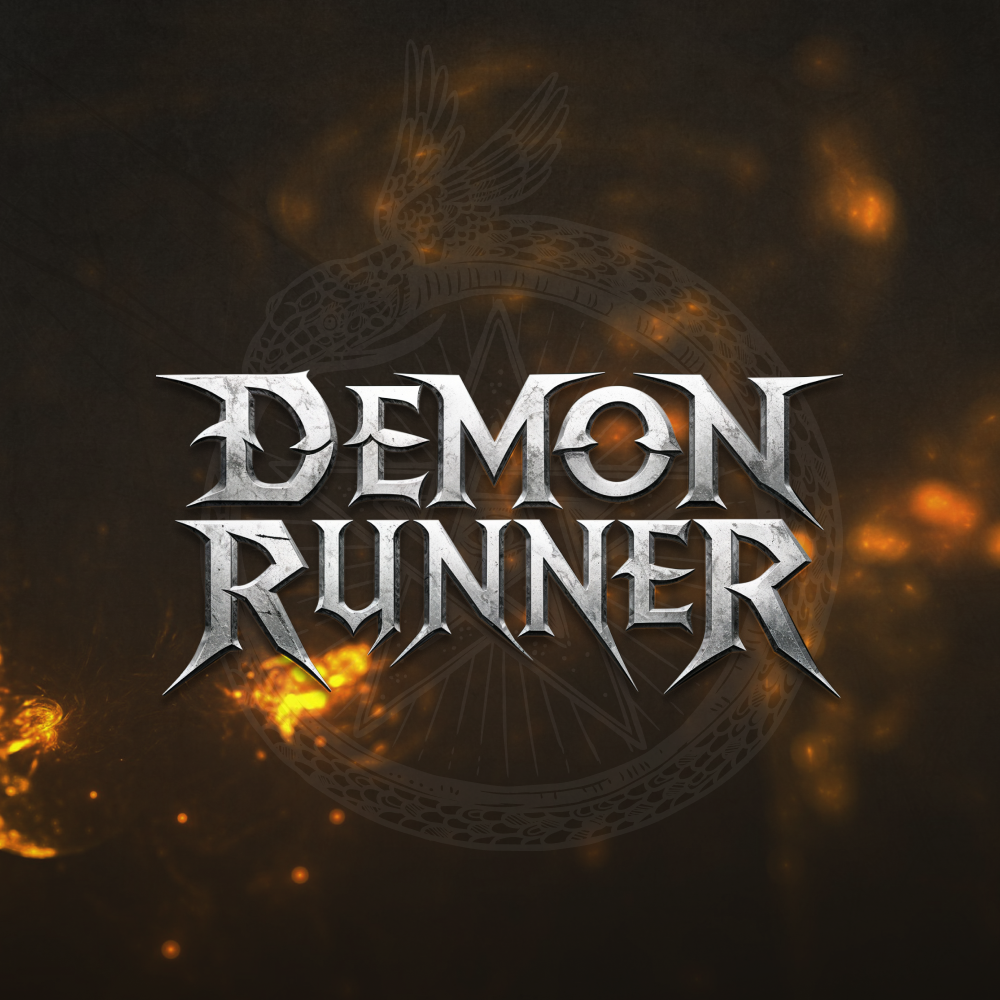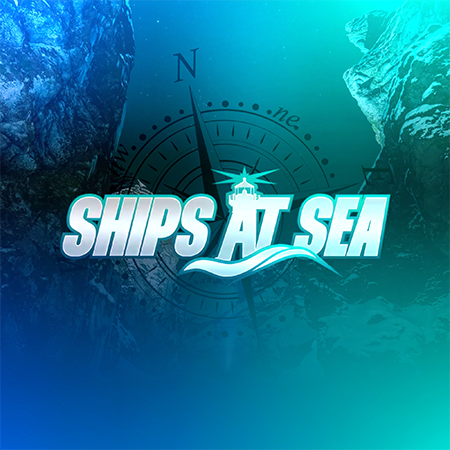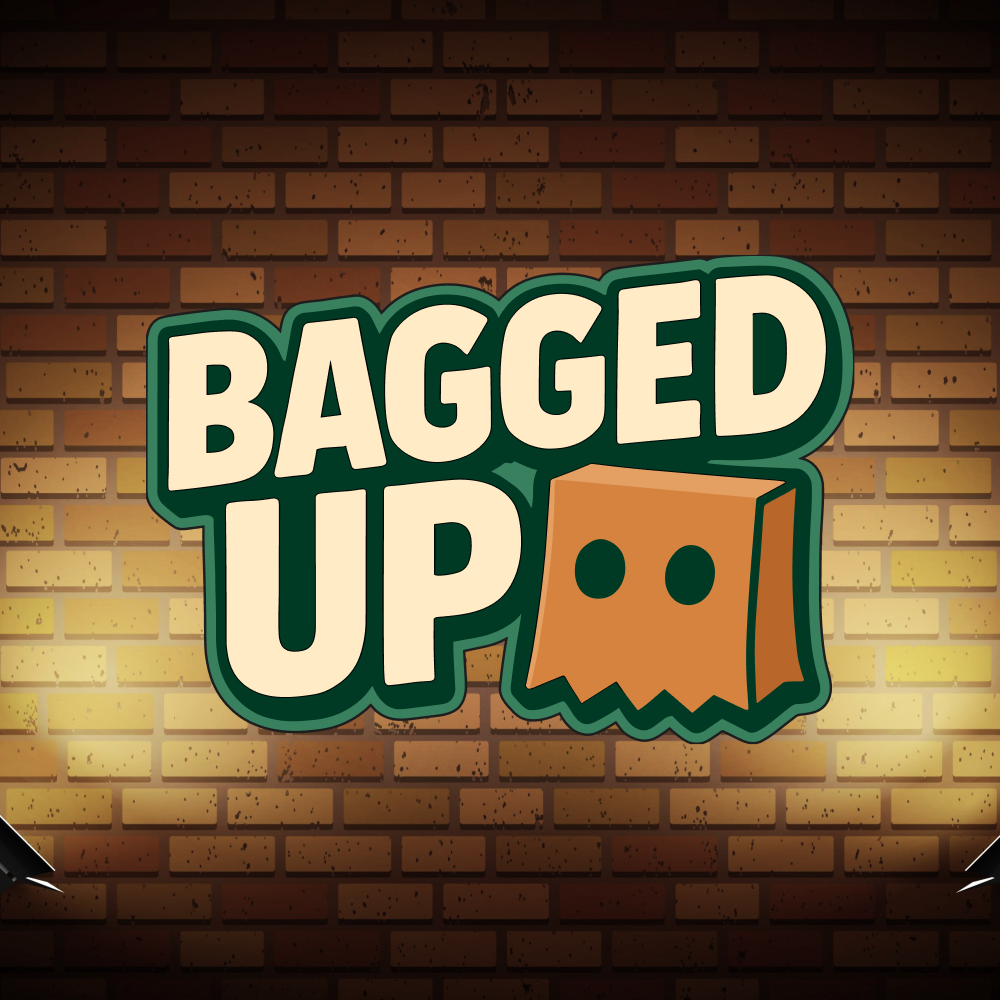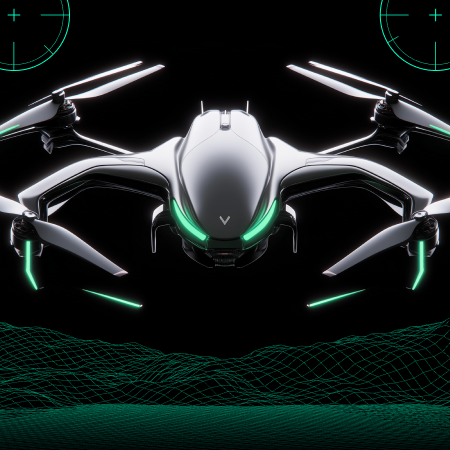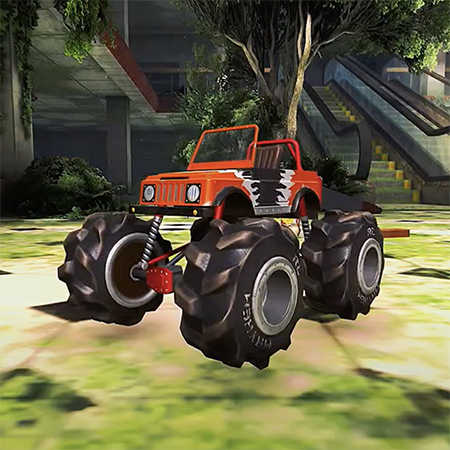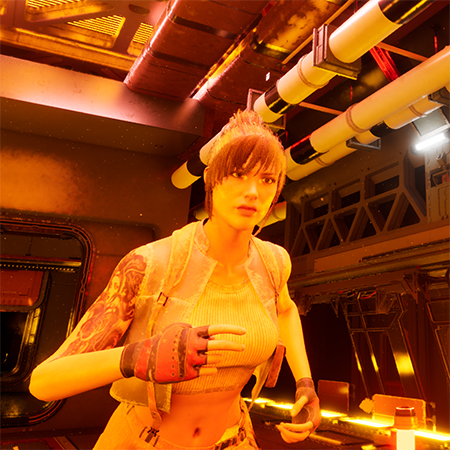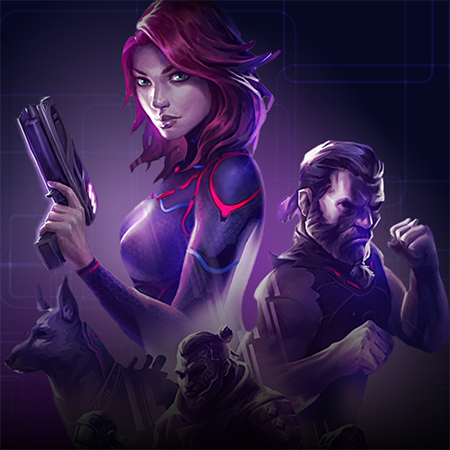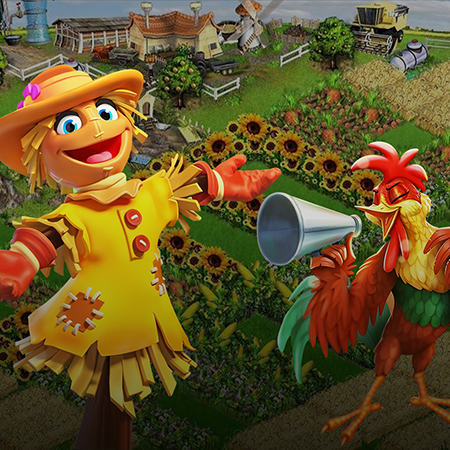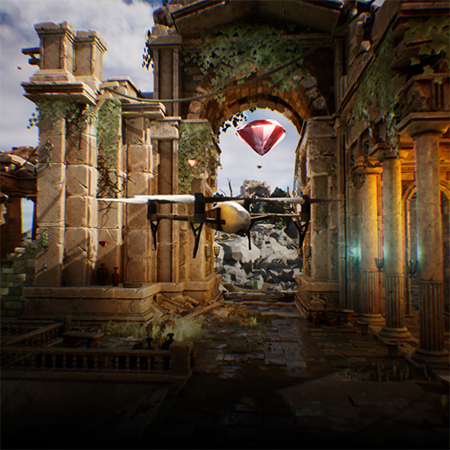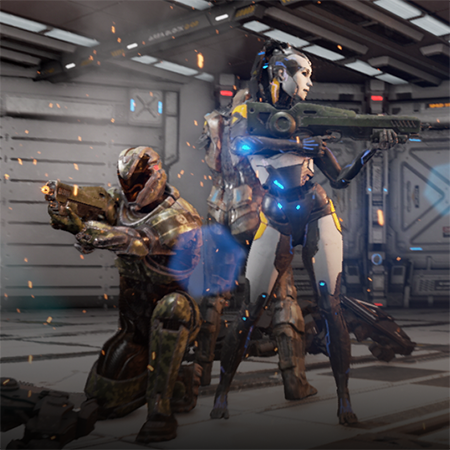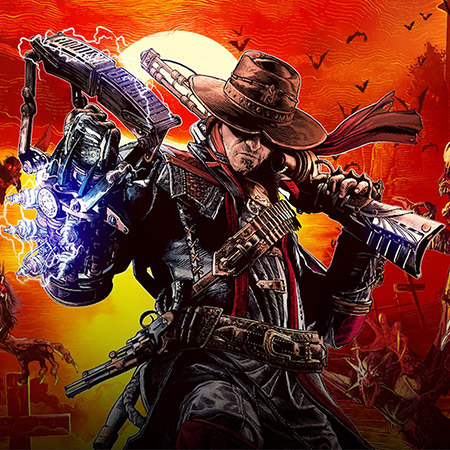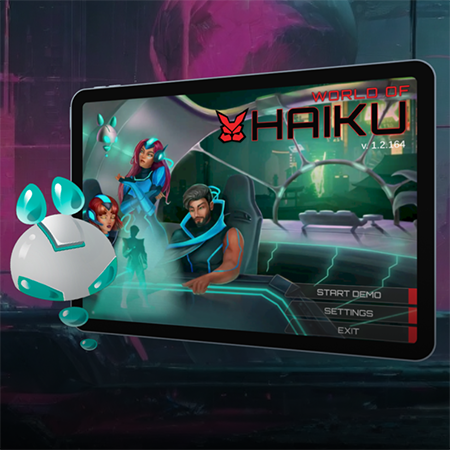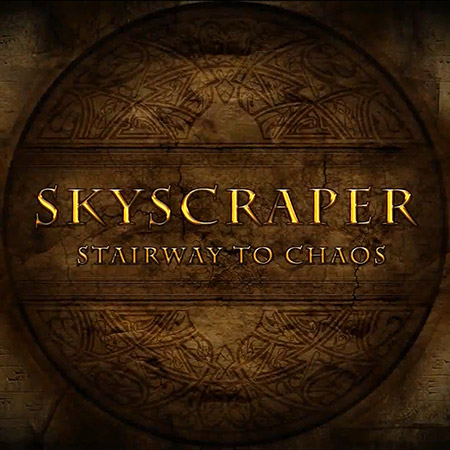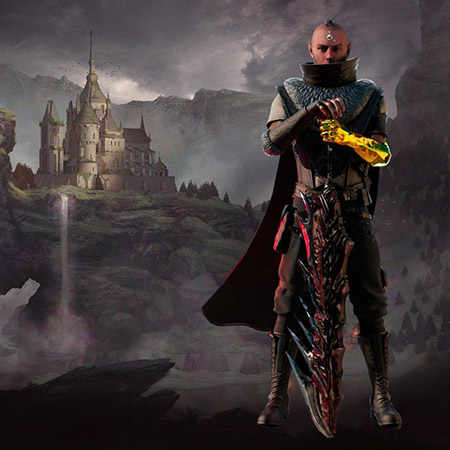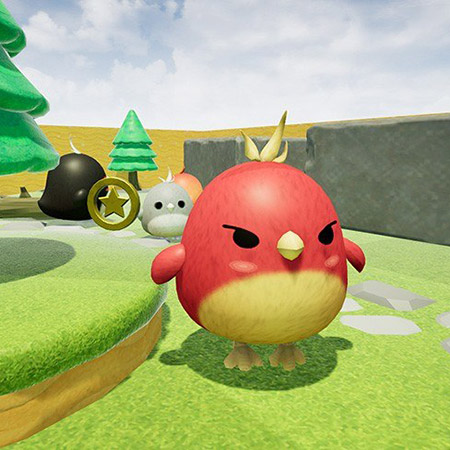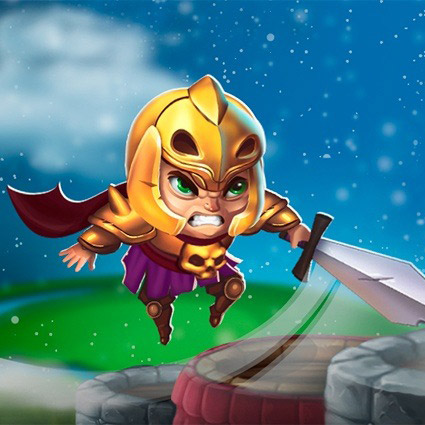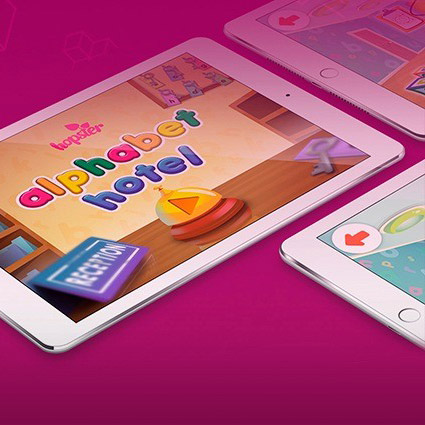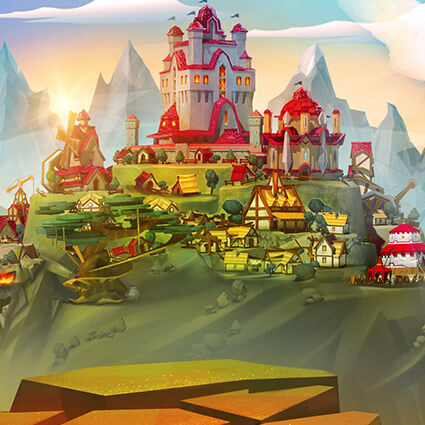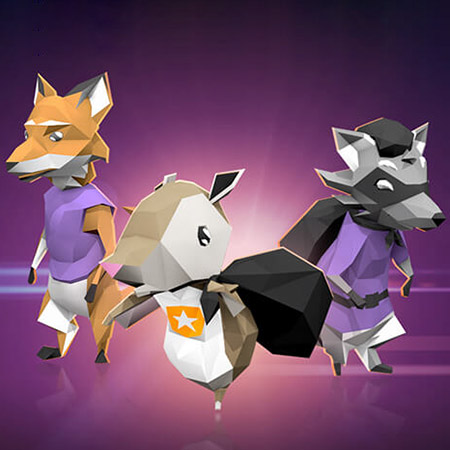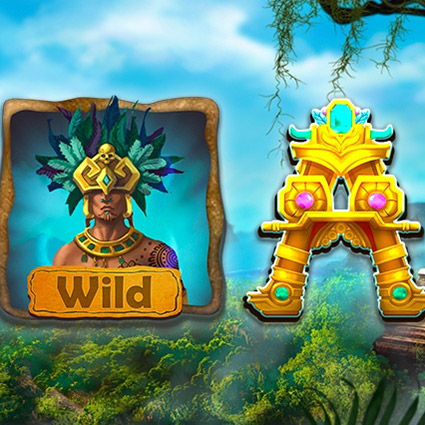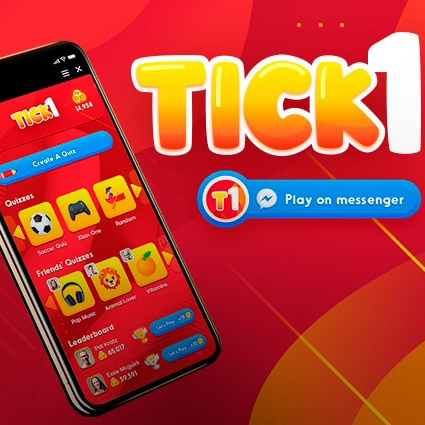The timeline for match-3 game development is shaped by multiple factors, including scope, platform coverage, and production complexity. A minimal product containing basic tile mechanics and limited boosters can be completed within four to six months.
Expansive builds that integrate scalable backend systems, broad content libraries, and advanced progression loops frequently require eight to twelve months. Multi-platform releases targeting iOS, Android, and browsers add further stages of optimization and verification.
Based on our experience, three primary variables consistently affect project duration:
- Scope. Larger numbers of levels, custom mechanics, and seasonal events lengthen overall schedules.
- Content. Games demanding unique art, varied animations, and distinctive audio pipelines extend production timelines compared to minimal design solutions.
- Backend. Adding multiplayer elements, analytics tracking, and scalable infrastructure requires additional coordination and testing.
Early development typically focuses on prototypes within the first month. Prototypes undergo testing with representative audiences, where retention and monetization acceptance rates are monitored closely. Our benchmarking results indicate that validated prototypes accelerate production by reducing rework later in the cycle.
Once engagement and playability are confirmed, full development begins with parallel tracks for coding, asset creation, and level design. Quality assurance operates continuously, ensuring stability before scaling content. In the final stages, builds are tested across device categories, adjusted for store compliance, and prepared for long-term support.
If your studio requires accurate forecasts for an upcoming match-3 release, you can always reach out to our team for a detailed consultation.

